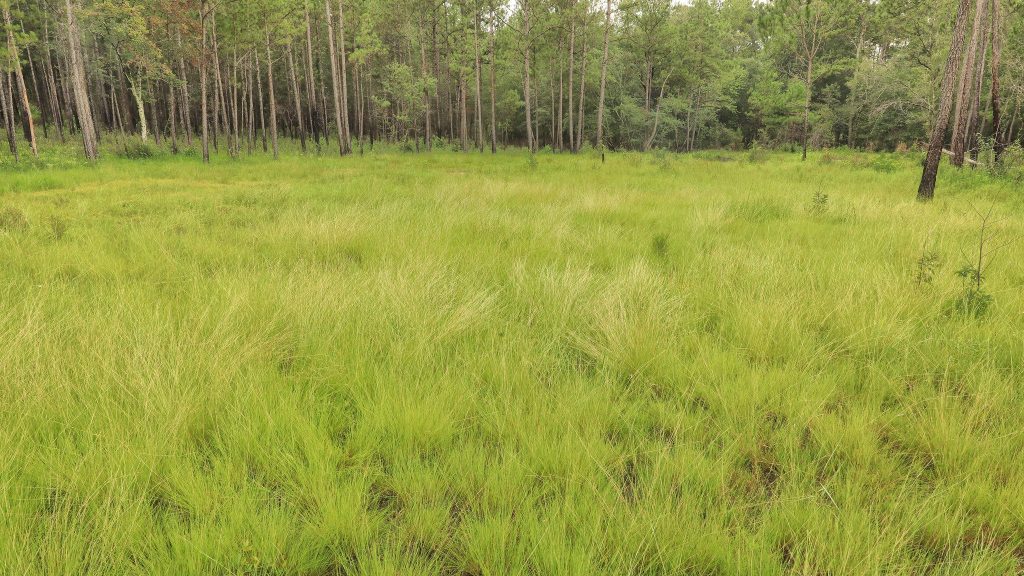Understanding Impacts on Southeastern Grasslands from Climate Change, Urban Expansion, and Invasive Species

Project Information
Principal Investigator: Jennifer Cartwright, USGS Lower Mississippi-Gulf Water Science Center
Proposed Project Completion: September 2024
Implements Science Plan Theme: Impacts
Co-Investigators: Dwayne Estes (Southeastern Grasslands Initiative and Austin Peay State University), Evan Rehm (Austin Peay State University), Reed Noss (Austin Peay State University)
Overview
Much of the biodiversity of the southeastern U.S. is found in grasslands, including meadows, prairies, glades, and savannas. These grasslands provide vital habitat to a variety of plants and animals, but many grassland types have undergone over 90% loss due to fire suppression and urban sprawl. The remaining grassland patches—remnants—now face emerging threats from invasive species and climate change.
The project researchers recently convened a workshop with grassland managers and experts from across the Southeast, from Texas to West Virginia to Florida, to identify the most pressing science needs to effectively manage and restore grasslands over the coming decades. This project directly addresses those needs by examining how climate change, invasive species, urbanization, and changing fire dynamics will affect management options, constraints, and opportunities. This project will (1) analyze existing spatial datasets for 8 to 10 grassland ecosystems from across the Southeast, and (2) perform field experiments in tall-grass prairie to examine interacting effects of climate change and invasive species. Results will include future projections for climate conditions, invasive species (including species which could arrive in particular grasslands by mid-century), urbanization risks, and constraints on prescribed burning.
The data-driven results from this project will be interpreted by local and regional experts for each grassland ecosystem to provide context, explain ecosystem dynamics, and discuss applications for on-the-ground management. An advisory committee of grassland managers from across the Southeast will help guide the project. Findings will be shared through a series of customized webinars with natural-resource management agencies from at least five states. Moreover, results will help inform Species Status Assessments created by the U.S. Fish and Wildlife Service for multiple grassland species, to help ensure that conservation and management of these species is informed by the best available science.
